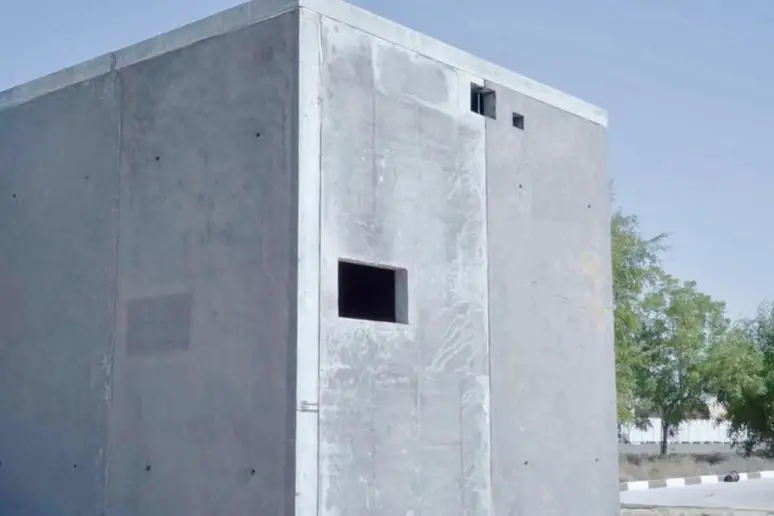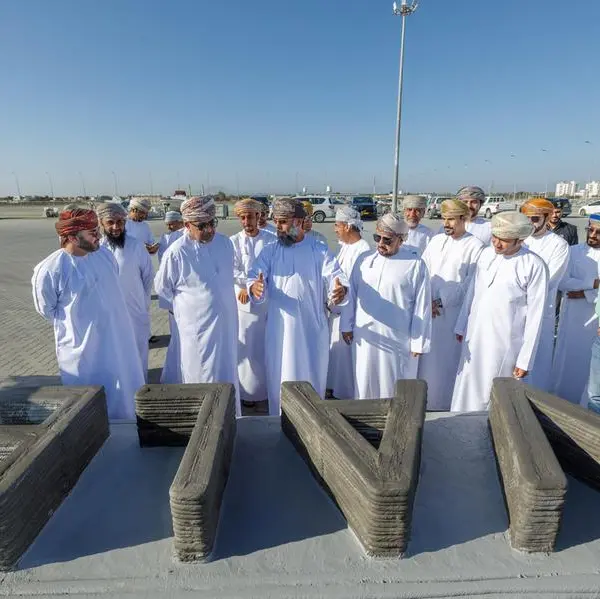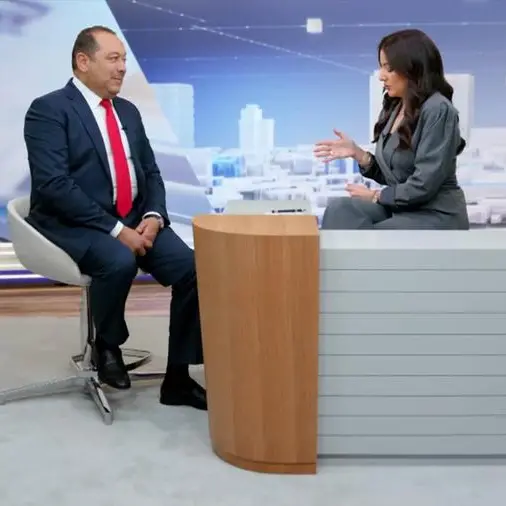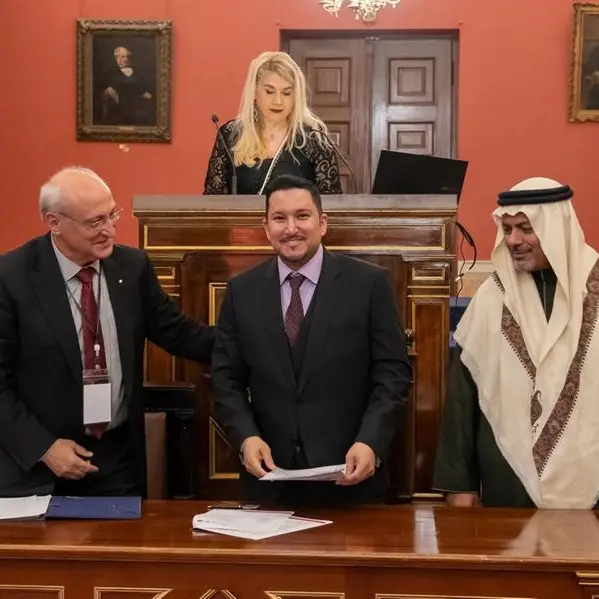PHOTO
Sharjah, UAE: After 16 years of extensive exploration and testing, a research team from American University of Sharjah (AUS) and the Sharjah Research Technology and Innovation (SRTIP) are set to throw open the doors of the precast building made of conductive concrete used for shielding.
Located at the SRTIP, the innovative building uses a concrete mix that provides protection from electromagnetic pulses (EMP), otherwise known as electronic sabotage, for the protection of vital civilian and military infrastructure. Two patents have already been filed with the United States Patent and Trademark Office for the technology.
The path-breaking innovation is the brainchild of two lead researchers -- Dr. Sherif Yehia from the AUS Department of Civil Engineering and Dr. Nasser Qaddoumi from the AUS Department of Electrical Engineering, who first met in 2009. Together they collaborated and explored the diverse applications of conductive concrete, which initially focused on heating applications and then expanded to investigate the shielding features of conductive concrete.
“Conductive concrete has been used for a variety of applications around the world, but this is the first precast building of its kind that uses this technology for shielding,” said Dr. Yehia.
He added: “This means that the building is impervious to energy pulses, preventing the risk of short-cutting electronic equipment. The structure ensures a complete signal blockade, preventing any external signals from entering or leaving. This innovative technology holds the potential to safeguard critical facilities like data centers, power stations and security centers.”
Their joint project earned them university and industry recognition, securing backing for their research which was carried out in the College of Engineering’s state-of-the-art labs.
“We received tremendous support from AUS and its Office of Research and Graduate Studies through several faculty research grants and aid in the process of filing for the US patent,” said Dr. Qaddoumi. “We also got generous support from Mr. Hussain Al Mahmoudi, CEO of SRTI Park, who offered us funding, land for construction and helped us form an advisory board for the project. ALEC Engineering Contracting, currently overseeing the building construction, played a pivotal role in its development.”
Throughout the process, both researchers acknowledged the contributions of their students at the undergraduate and graduate level in assisting them in their work, whether through conducting research, taking measurements, assisting in prototype development, or even in initiating their own research in areas related to the work carried out by the two researchers. This gave students valuable, hands-on experience throughout the implementation of the project.
Hussain Al Mahmoudi, CEO of SRTIP, said: “This is the type of innovation that sets SRTIP apart. Conductive concrete is a brilliant concept that will not only make our buildings safe but also help reduce carbon emissions, which is a strong byproduct of the construction industry. We congratulate the AUS researchers and their team on this great achievement. SRTIP is proud of its supportive environment for experiments and research in future building technologies, by conducting further experiments to develop some modern building technologies, including fortified buildings.”
Going forward, the researchers will be exploring collaboration avenues with industry partners to extend the scope of their work for wider application. One of the main outcomes of the project is the creation of novel concrete materials that will help the growth of the construction industry and contribute to EMP (electromagnetic pulses) protection of the electric grids, generators, and buildings with sensitive equipment and information. In addition, collaboration with precast and ready-mix producers will ensure transfer of knowledge to the construction industry.
"At AUS, research is a cornerstone of academic excellence, providing a platform for faculty and students alike to delve into cutting-edge research that contributes to our understanding of the world. The commitment to impactful research not only enhances the quality of education but also positions the university as a hub for intellectual discovery and solutions to real-world challenges. We place great emphasis on collaborative research in AUS because we believe that through partnerships with other institutions, industries and experts, we can pool resources, share expertise, and tackle complex challenges more effectively. AUS's partnership with SRTIP in this project is a testament to our collaborative engagement with local entities. We are proud of what our researchers have achieved and look forward to further developing new technologies that address the needs of our society," said Dr. Mohamad El-Tarhuni, Interim Provost and Chief Academic Officer at AUS.
The key advantages of conductive concrete are: shielding against EMP without the need for any special additions, improved mechanical properties, relatively lower costs compared to other shielding techniques and ability to be produced as precast units.


















